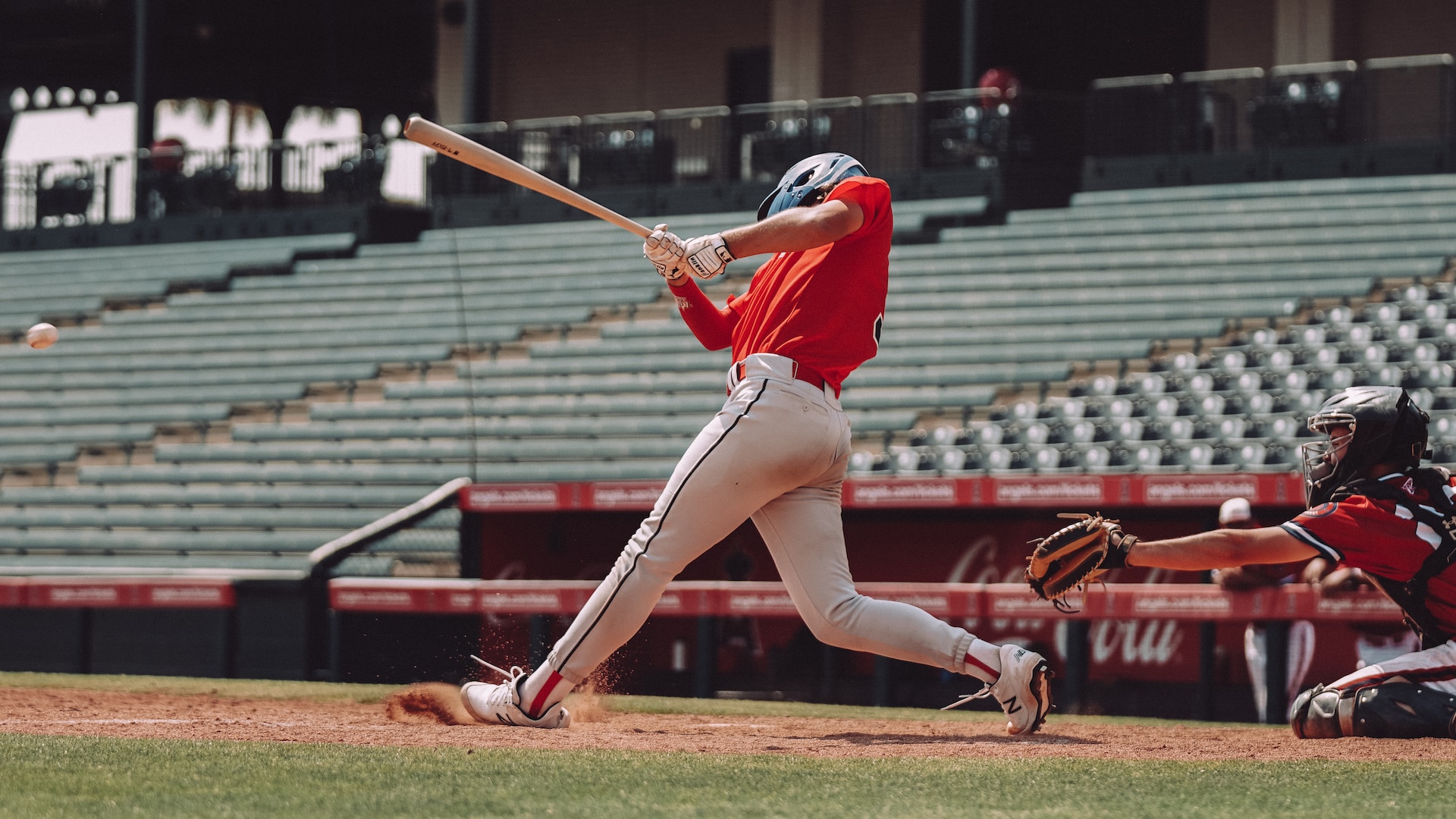Baseball, often dubbed “America’s pastime,” is a sport rich in tradition and strategy. Beyond the crack of the bat and the roar of the crowd lies a complex interplay of physics governing every aspect of the game. From the trajectory of a pitched ball to the mechanics of a batter’s swing, understanding the underlying physics can provide valuable insights into the sport. In this article, we delve into the science of the swing, exploring the principles that govern the motion of the baseball bat and the factors influencing a player’s performance at the plate.
The Mechanics of the Swing

At its core, the baseball swing is a dynamic interaction between the player, the bat, and the incoming pitch. The swing begins with the batter’s stance, as they position themselves in the batter’s box, ready to react to the pitch. As the ball is released from the pitcher’s hand, the batter must quickly assess its speed, trajectory, and location, all while making split-second decisions about whether to swing.
Analysis of the Swing
To better understand the mechanics of the swing, let’s break it down into its key components:
- The Stance: The batter’s stance serves as the foundation for the swing. A balanced stance allows the batter to generate power and react quickly to the pitch.
- The Load: As the pitch approaches, the batter initiates the swing by loading their weight onto their back foot. This weight transfer stores potential energy, which will be unleashed as the swing progresses.
- The Launch: As the ball approaches the strike zone, the batter begins their forward swing. This movement is driven by a combination of rotational and linear forces generated by the body’s muscles.
- Contact: The moment of contact between bat and ball is perhaps the most critical phase of the swing. The goal is to make solid contact with the ball, sending it into play with maximum velocity and accuracy.
- Follow-Through: After making contact, the batter completes their swing with a follow-through motion. This helps to transfer momentum from the swing into the ball, maximizing its distance and trajectory.
Comparative Analysis Table
| Component of the Swing | Description | Importance |
|---|---|---|
| The Stance | Establishes balance and readiness for the swing. | Crucial for maintaining stability and enabling quick reactions to different pitches. |
| The Load | Transfer of weight onto the back foot, storing energy. | Sets the stage for generating power and momentum in the swing. |
| The Launch | Initiation of the forward swing motion. | Determines the speed and trajectory of the bat, influencing the outcome of the swing. |
| Contact | Moment of impact between bat and ball. | Critical for achieving solid contact and sending the ball into play with maximum velocity and accuracy. |
| Follow-Through | Completion of the swing motion after contact. | Helps to transfer momentum from the swing into the ball, maximizing its distance and trajectory. |
Factors Influencing Bat Speed and Power
Several factors influence a player’s ability to generate bat speed and power during the swing:
- Muscle Strength: Stronger muscles allow for faster bat speed and greater power generation.
- Bat Weight and Length: The weight and length of the bat can affect swing mechanics, with lighter bats generally allowing for faster swing speeds.
- Timing and Technique: Proper timing and technique are essential for maximizing the transfer of energy from the body into the bat.
- Pitch Characteristics: The speed, trajectory, and spin of the pitched ball can all impact a batter’s ability to make solid contact.
- Environmental Conditions: Factors such as wind speed and direction can influence the flight of the ball after contact, affecting the outcome of the swing.
Conclusion
The baseball swing is a complex interplay of biomechanics and physics, with each component contributing to the overall effectiveness of the batter at the plate. By understanding the underlying principles governing the swing, players and coaches can optimize their training regimens and improve performance on the field. Whether analyzing the mechanics of a professional hitter or honing the skills of a Little League player, the science of the swing offers valuable insights into one of the most fundamental aspects of the game of baseball.











